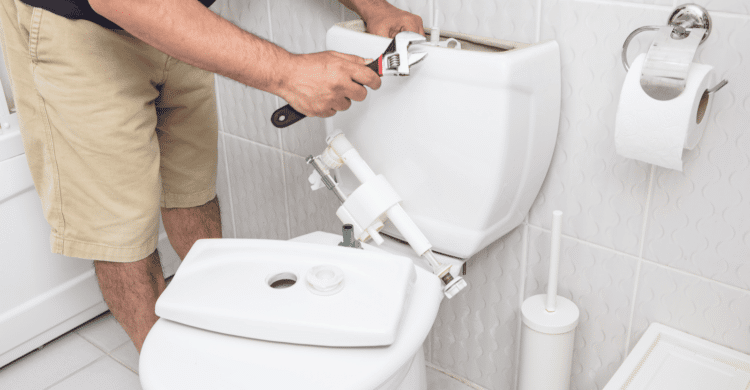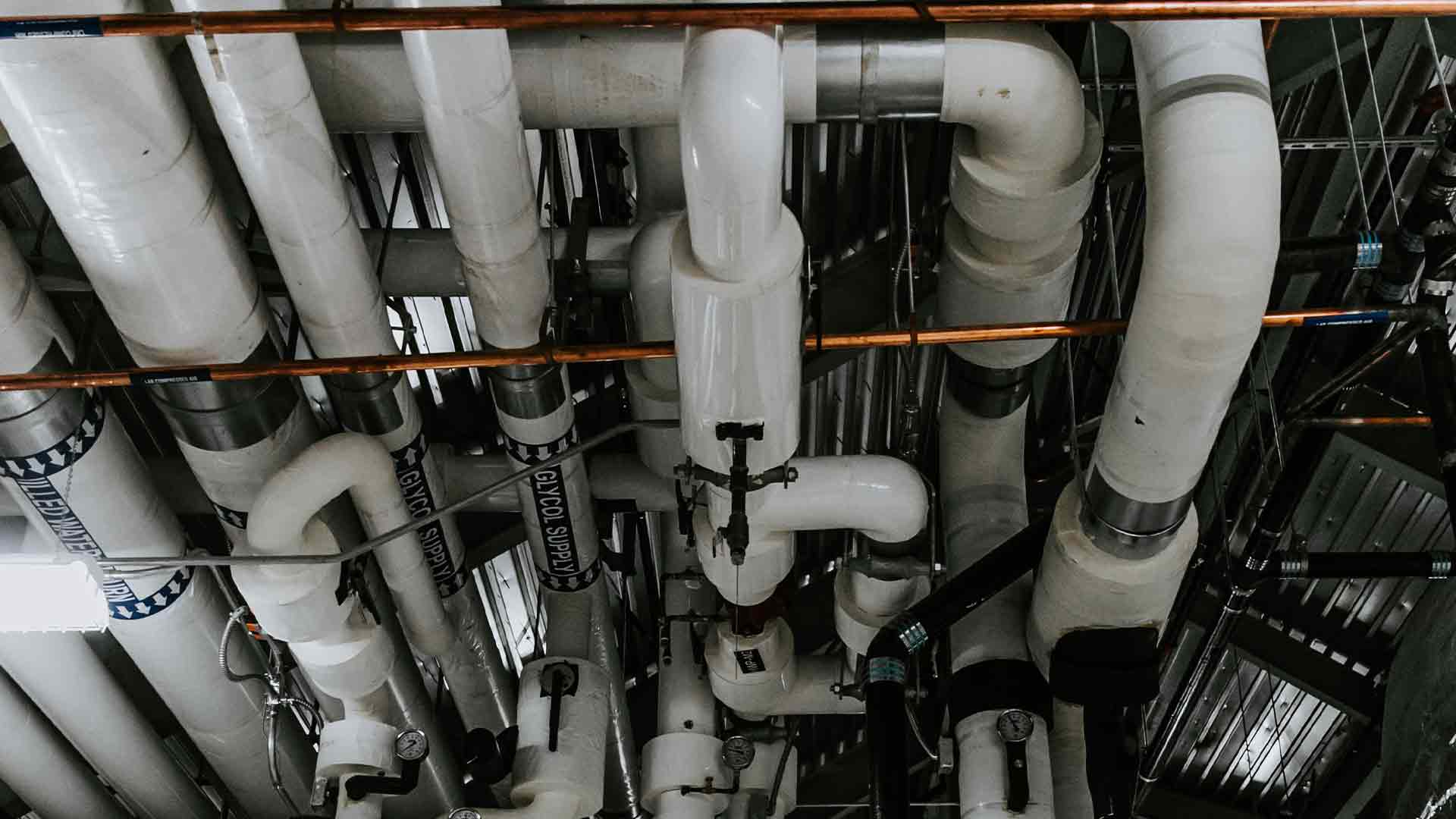
Why Is My Toilet Constantly Running?
Toilets are a workhorse fixture in your home and office. In fact, we are so accustomed to these plumbing machines running without incident that we often take them for granted. But as reliable as they often are, toilets are not immune to breakdowns. And when that happens, you’ll want to address the issue as soon as possible.
The good news is that so many toilet problems can be solved with some fairly simple do-it-yourself effort – that includes toilets with tank issues. In fact, the toilet tank (the water receptacle on the back of your toilet) features several parts that are easily replaced and will almost definitely answer the question: Why is my toilet constantly running?
If your toilet is constantly running, there are several steps you can take to determine the source of the issue – and then to fix it. Most of these fixes are amazingly simple, but because there are several possibilities, you will need to go through a number of steps to determine the source of the concern.
The reason your toilet is running all stems from the fact that the tank is designed to hold an exact amount of water – that it pushes into the bowl immediately after each flush. If it cannot maintain that water level, it will continue to run (bring water in from your plumbing system) in an attempt to maintain the necessary level.
The water level in a toilet tank is controlled by several parts, including:
- A flapper valve
- A pull chain
- A fill valve (known as a ballcock)
- An overflow pipe
- A fill tube
- An adjustable float
Let’s look at what can happen with each of these parts and what you can do to fix them.
NOTE: You’ll need to leave the water “on” in order to determine the source of the leak. But once you have located the leak, you will need to turn the water off to your toilet by closing the valve located underneath the tank and at the wall behind your toilet.
Problem: A worn-out flapper valve
Solution: Replace the flapper
The flapper is located on the floor of the toilet tank. When you press down the toilet handle, the chain attached to the flapper pulls it up, allowing the water in the tank to exit and enter the bowl below.
However, if the flapper is damaged or old, it may not firmly connect with the valve, thus allowing water to constantly escape the tank – this will cause the water level to sink, which your other toilet parts will work to restore, causing it to constantly run.
Test to see if the flapper is the problem by pushing it down onto the seal. If the toilet tank stops bringing in water, you’ve located the problem. You will need to purchase a new flapper – make sure it matches the size of the valve in your toilet.
Next, flush the toilet to drain out most of the water, then unhook the old flapper. Attach the new flapper in its place. Make sure to hook the flapper chain onto the flush lever arm, so there’s a little slack when the flapper is closed. Make sure the chain is the right length, which leads us to…
Problem: An incorrect length on pull chain
Solution: Shorten/lengthen chain to correct length
If that chain is too short or tangled, your flapper will not close, allowing water to leak into the bowl. Conversely, if the chain is too long, it may get trapped underneath the flapper and prevent a proper seal, yielding the same problem as a chain that’s too short.
So, make sure the chain features only a little bit of slack when the flapper is closed. Then, cut off any excess chain. Though you should make sure to leave about an inch of extra chain at the handle connection – just in case you need it.
Problem: A leaky fill valve
Solution: Remove and replace the valve
The fill valve is the head of the ballcock – which is the apparatus that guides water into the tank from your plumbing, First, flush the toilet and then lift the toilet float arm to see if the water flowing in stops. If it does, bend or adjust the toilet float arm, so the tank stops filling when the water level is 1/2- to one inch below the top of the overflow pipe.
Problem: Broken fill valve (ballcock)
Solution: Affix or replace the tube
You are likely to have one of these types of fill valves:
- Plunger/Piston ballcock
- Diaphragm ballcock
- Float-cup fill valve
- Internal float fill valve
- Floatless/Pressure activated fill valve
Each will need to be replaced in order for the toilet to function fully. And each can be obtained at a home improvement store or online. Follow the instructions on each label in order to replace the valve. You will need a wrench to complete this process. And make sure you turn off the water to your toilet before beginning, flush the toilet, and sponge away the excess water in the tank. You may also want to have a bucket underneath to catch any water that escapes the bowl – as removing the fill valve will reveal the hole in the bottom of the tank.
Follow these rules and the steps above, and you give yourself a great chance at curing any constantly running toilet. However, if you do experience any toilet problems that you either cannot solve or do not have the time to tackle on your own, know that the pros at Conditioned Air Systems are here to help.
That may seem unusual from a company that has built a four-decade reputation on supplying the best in HVAC – but it’s really not that different. In fact, beginning in 2022, Conditioned Air brought on board plumbing master John Payne, founder of Payne Plumbing, to lead and develop our plumbing division. His work and expertise allow us to offer the same full range of expertise, customer service, and flexibility that you have come to expect from Conditioned Air’s HVAC services.
Payne, a north Georgia native, grew up in the plumbing industry and obtained his unrestricted master plumbing license over 25 years ago. He founded Payne Plumbing shortly thereafter. Thanks to John’s guidance, we will happily tackle any job, no matter the size or situation. And you can expect our plumbers to:
- Arrive on time
- Install it or repair it right the first time
- Give you a fixed price with no hidden surprises
- Be friendly and professional
Just like our HVAC services, we offer 24/7 and emergency plumbing services to attend to your every need.
So, if you find yourself battling a slow-flushing toilet, please contact us right away at 770-536-7509 and let us get your toilet running the right way again.
Meeting Your Plumbing Needs

